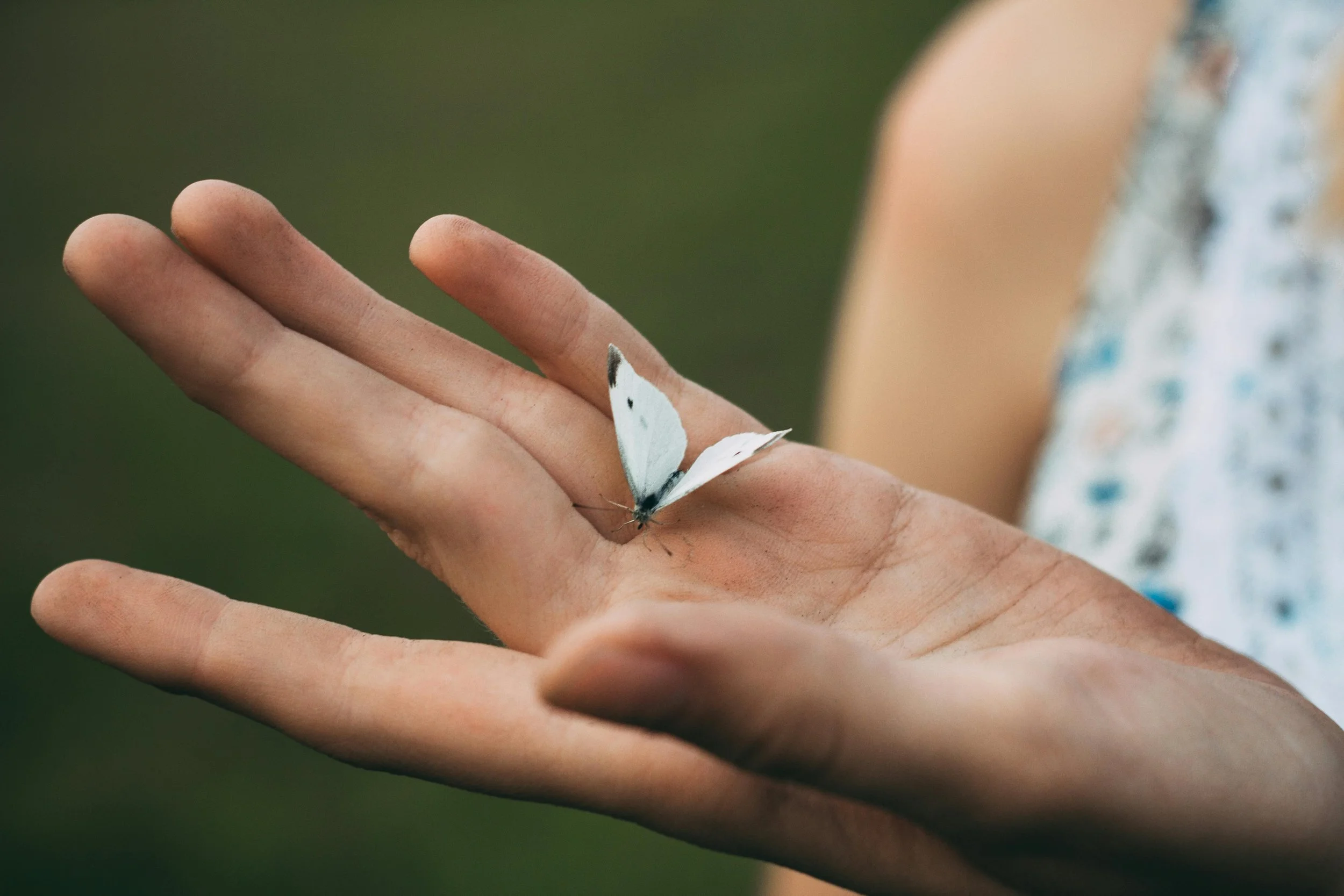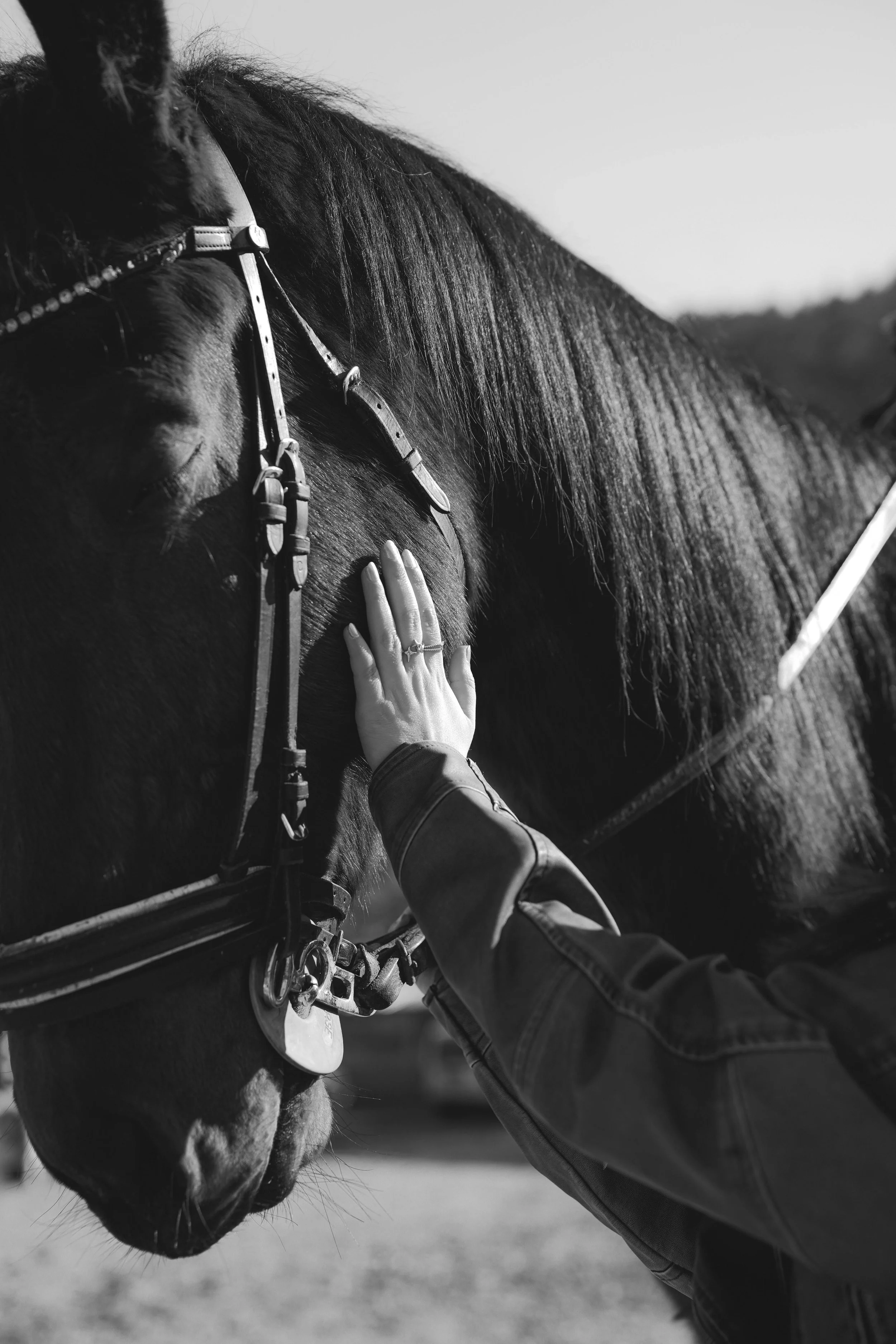Conversations on the future of hospitality and design: Professor Charles Spence
When I tell Professor Charles Spence that beauty, for me, isn't about makeup or external aesthetics - that it's something internal, a moment when my senses align and something registers in my chest - the Oxford experimental psychologist doesn't miss a beat.
"Probably if the object or thing in question engages more than one sense, then those senses should probably align in some way," he responds. "Conform to one another, be congruent, perhaps enhance one another, rather than conflict."
It's this alignment I've been chasing throughout my career, be it creating design myself, writing, or advising brands. What I call the Experience Gap in hospitality - the chasm between what brands promise and what guests actually feel - almost always comes down to sensory incoherence. A spa that feels cordoned off from the rest of the property or a lobby that almost assaults you with competing stimuli. Brands that followed every rule in the sensory marketing playbook and wonder why it's not working.
"Do you think the term sensory has been overused in marketing lately?" I ask Spence. "It seems that it's everywhere at the moment, and for me, I'm not quite sure. It seems there is so much out there without any real depth and coherence."
His answer explains why so many are struggling to get it right.
A Broken Playbook
"Sensory marketing has been, I think, for the last 20 years now, probably one of the first books," Spence tells me. He describes pulling these volumes off the shelf and finding the predictable structure: a chapter on vision, a chapter on hearing, a chapter on olfactory marketing (what should your brand smell like?) and perhaps getting as far as taste or touch.
"For a long time, those marketeers were sort of on the right track in thinking about how companies and brands should engage with more of their consumer senses. But at the same time, very few of them would actually have a chapter at the end thinking about how the senses interact."
This sense-by-sense approach is precisely what I see brands get wrong. They add a signature scent. They commission a playlist. They specify materials.
It’s all stacked on top of each other and few ask what really needs to be there.
Spence has seen this pattern countless times. "In one of my favourite examples," he says, describing a shopping mall study from 15–20 years ago, "they introduced a certain music, sales go up by 50%. Then they tried fragrance, nothing much happens. But when they combine the music and the fragrance, the sales actually decrease significantly compared to where you started."
His theory: upbeat music paired with a calming scent. "It's incongruent. The consumer doesn't know what to make of it; it's not fluid in their experience."
This was something I encountered in my own early experiments, running a small concept store Le Monde Nallik in Berlin ten years ago. I worked with scent, music, paint colours, tactile surfaces. People loved coming in and often said they felt calmer, almost rested. (I must have done something right as the store was later listed on WGSN as a secret tip for visiting Berlin.)
The Imbalance No One's Addressing
When I ask Spence if we might already be overloaded by stimuli, his stance is clear: it’s not overload but imbalance.
"It's our higher rational senses - hearing and vision - that are over-engaged because of technology and what it can do," he explains. "Meanwhile, our more emotional senses of smell, touch, and taste are under-stimulated. And that sensory imbalance, I think, people then maybe try to rebalance."
This explains the proliferation of aromatherapy, massage devices, “scratchy head spiders”, our desperate attempts to compensate. But it also reveals why the typical luxury hotel solution, the spa-behind-a-door, is no longer enough.
Research on touch makes this tangible. Everywhere on our body except our palms, we have pleasure receptors "that like being stroked at about 10 centimetres a second, and release oxytocin and other good stuff." Our skin (18 to 20 percent of our body mass) is our largest sense organ.
Yet we live in what touch researcher Tiffany Field calls a "touch-hungry society." Field’s studies show that just fifteen minutes of massage at lunchtime "will increase your productivity, reduce the number of errors in your proofreading, improve your math performance, help you sleep better."
When elderly people and premature infants are connected through touch therapy, both benefit. Spence’s own mother, who died of dementia, experienced animal visits (owls, petting animals) at her care home. "She didn’t really like animals much, but she did like that."
He’s seen similar interventions at an anti-cancer hospital outside Barcelona. "You think, that’s all kinds of wrong. Hospitals should be clean and disinfected, and bringing animals with fleas and things in, well. But no, the benefits outweigh the cost, certainly in terms of psychological wellbeing."
What Hospitality Is Missing
This brings me to something I've been exploring: what if hospitality moved beyond the spa model entirely? What if we integrated the kinds of interventions that work in hospitals and care homes - the tactile, living elements that release something profound in guests?
During my time working with Rosewood in Austria, we had an excellent spa. All the expected amenities. "But I was always thinking about how to integrate more connection," I tell him, "because a spa really is also just a space - a room you need to reach. There's a door, you open it, then you are in. What I'm interested in is something more integrated (not everywhere, you don't want to go through a hallway and be touched all over the place) but what could be the next level?"
Spence points to experiments: Noma draping throws over chair backs, using wooden cutlery. A Copenhagen hotel with varied textures throughout the lounge—"even just by looking at them, you can sort of see textures and see texture variation. Natural surfaces that have more variety than the clean, smooth, wiped-down ones."
"How far could you get by integrating interesting ranges of naturalistic textures," he wonders, "so maybe if you're just reclining on the sofa, your hand ends up stroking that material or texture?"
This is the question I work with brands to answer: not how to add more sensory elements, but how to weave them into a coherent whole. How to close the Experience Gap between what you promise and what guests actually feel.
The Art of Subtraction
When I suggest that sometimes less is more - knowing what to take away is an art form - Spence introduces me to research that validates this instinct.
He’s analysed top hotel complaints from online reviews, breaking them down by sense. "Maybe the ultimate luxury is the sound of silence," he says. "In a hotel room where I can’t hear any of the other rooms. I can’t hear the doors banging, I can’t hear people walking down the corridor. I can’t hear the disco on the roof or in the basement. Or the elevator." Absolute stillness.
Some retailers now create "white calming rooms" - cushions, scent, "just a kind of calm and chill space before you re-enter the sensory overload of the rest of the store."
The most sophisticated brand experiences often involve subtraction rather than addition. Silence rather than another playlist. Space rather than another amenity.
What emerges from this conversation is validation for what I’ve been developing through AERA Narrative and exploring through Archive of Beauty™: that the next frontier in luxury isn’t about deploying more sensory elements. It’s about understanding how they interact, when to activate them, when to withdraw them, and how to create that elusive coherence where guests can’t articulate what works…. they just feel it.
Because brands can have all the right ingredients and still create something subadditive: less than the sum of parts.
Or they can have fewer elements, deployed with precision and coherence, and create something superadditive. Something that makes you feel safe so your nervous system can relax into the complete hotel experience and make you want to come back to that place, over and over.
words by Jean Linda Balke, photography Prof. Charles Spence + Jean Linda Balke








